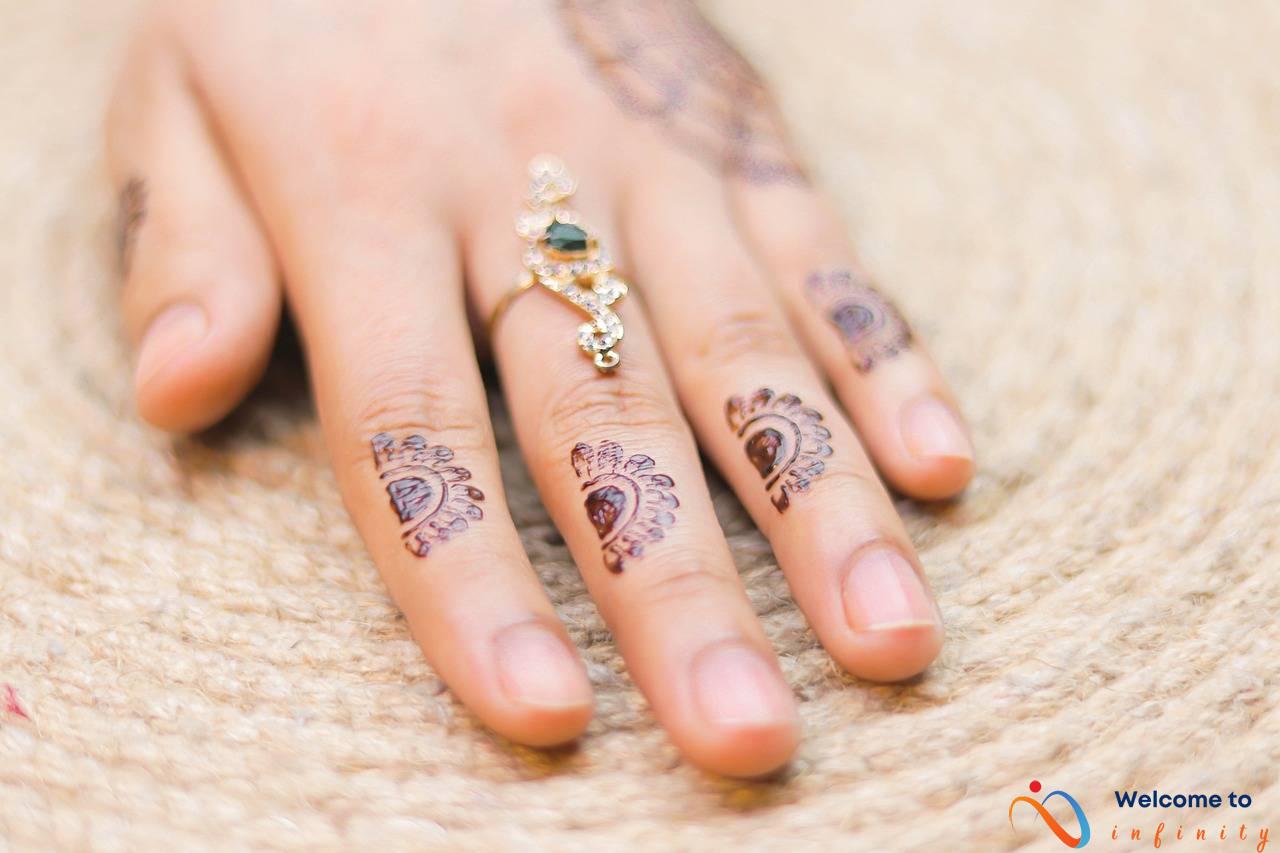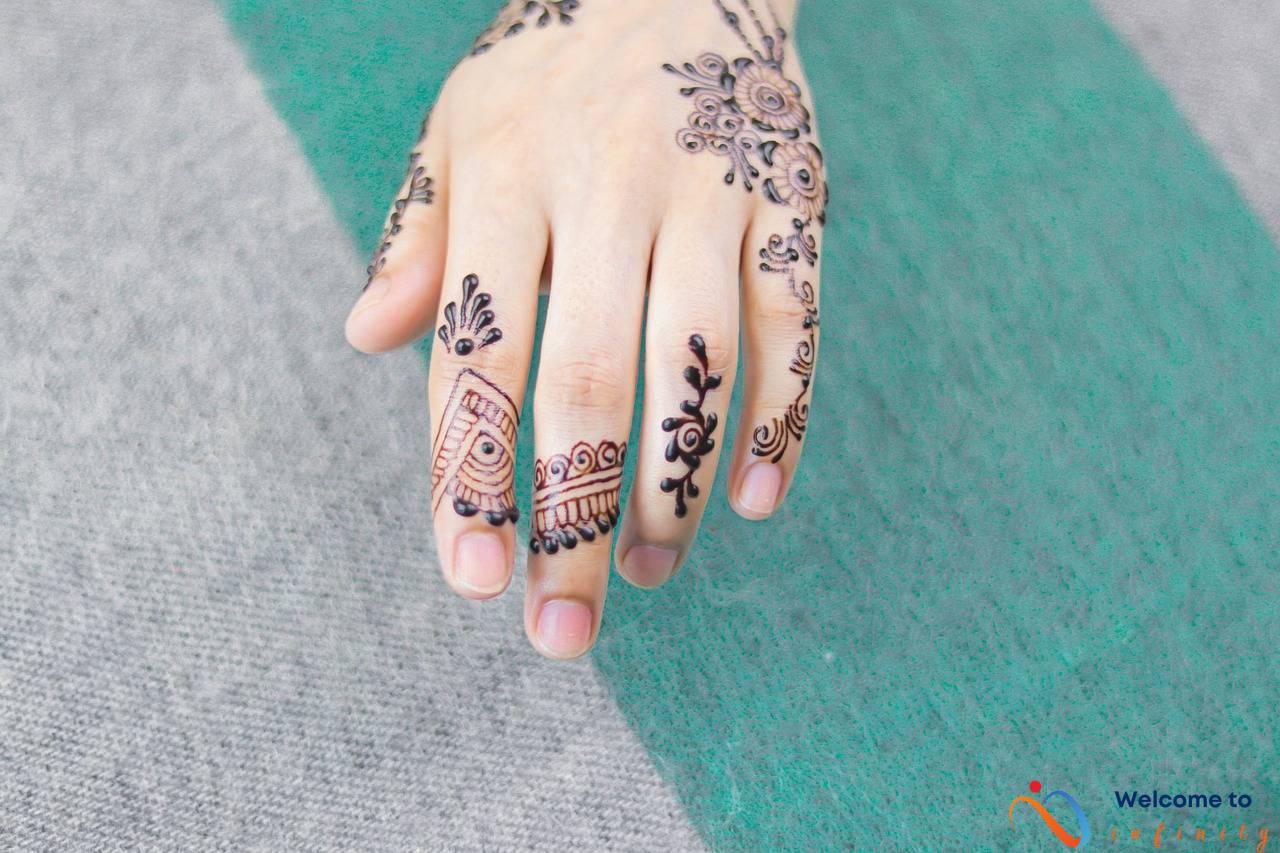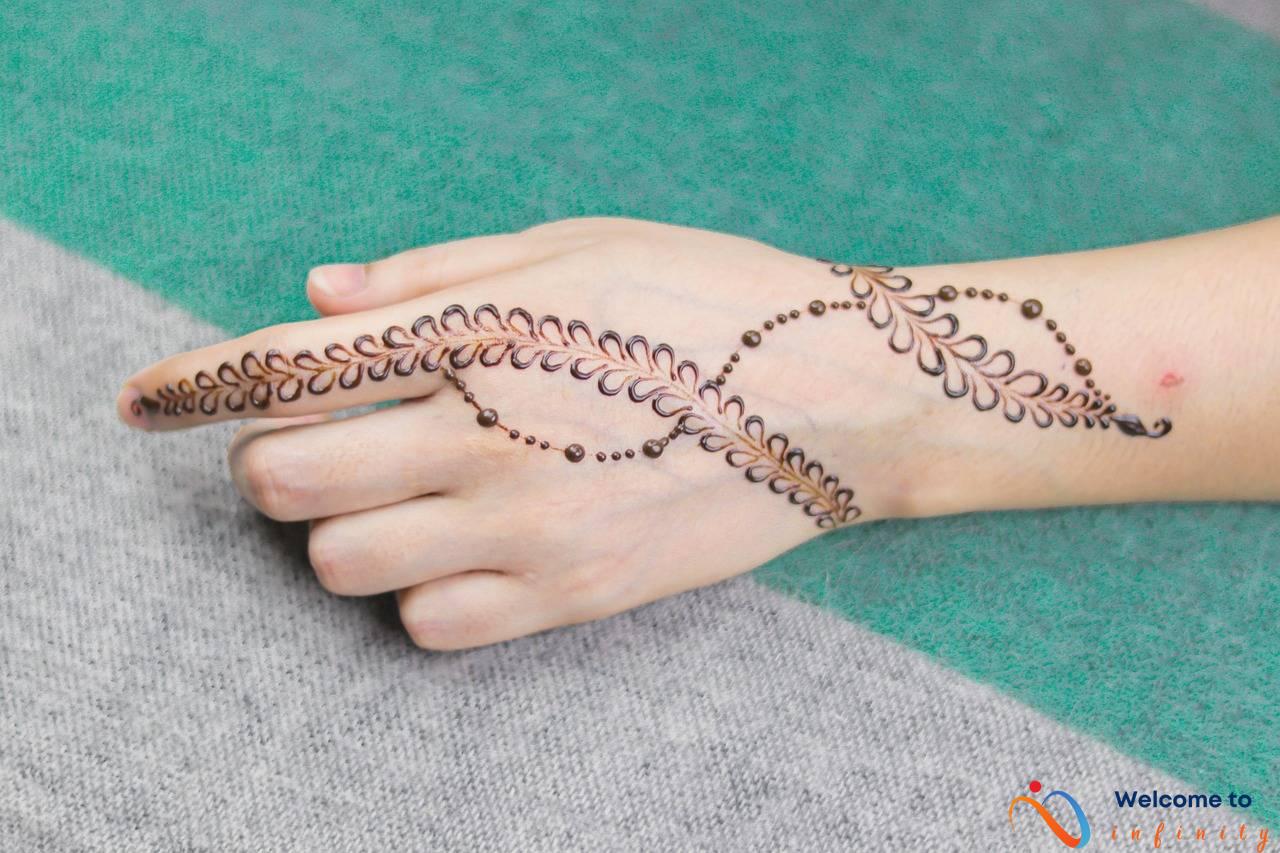Getting a tattoo is a major life decision, but sometimes regrets happen. Whether it's a tattoo that no longer reflects your style or an ex's name you want to forget, several options can help remove tattoos. Here, we explore some of the top tattoo removal techniques, ranging from laser treatments to surgical excision.
Laser tattoo removal is one of the most popular options. It involves using high-powered lasers that break up the ink particles in the skin. This treatment is done in several sessions, and it may take up to a year to remove the tattoo entirely. The cost of laser removal depends on the size of the tattoo, the color of the ink, and the number of sessions required.
another option for tattoo removal is dermabrasion. This technique involves removing the top layer of skin using a rotating brush to remove the tattoo. It's a more invasive option that requires anesthesia, but it's a fast way to remove a tattoo. However, dermabrasion may not work on some types of tattoos, such as those with deeper ink deposits.
Surgical excision is another popular technique for tattoo removal. It involves surgically cutting out the tattoo and stitching the skin back together. For large tattoos, skin grafts may be required since there may not be enough skin to cover the area. This technique can be expensive and may leave a scar. However, it's an effective solution for tattoos that are difficult to remove with other techniques.
Other tattoo removal options include salabrasion, which involves scrubbing the tattoo with salt and water; cryosurgery, which involves freezing the tattoo with liquid nitrogen; and topical creams like TCA, which burn off the layers of skin that contain the ink. However, it's important to note that these techniques are not as effective as the ones mentioned above and may be dangerous to use.
In conclusion, if you want to remove a tattoo, you have several options to choose from. Be sure to choose a reputable provider and ask questions about the procedure and potential side effects. With the right technique and practitioner, you can say goodbye to your unwanted tattoo.
Laser Tattoo Removal
If you're regretting that tattoo you got when you were young and impulsive, you're not alone. Fortunately, there are several tattoo removal options available, including laser tattoo removal. Laser tattoo removal uses high-powered lasers to target and break up the ink particles in your skin. The laser beam passes through the skin, targeting the ink but not affecting the surrounding tissue.
The laser heats the ink particles, causing them to break down into smaller, more manageable particles that your body can absorb. This process can take several sessions, depending on the size and complexity of your tattoo. Most people describe it as feeling like a series of rubber bands snapping on their skin. After each session, the area will be sore and sensitive, but this should fade within a few days.
Laser tattoo removal is generally safe and effective, though it does have a few risks. The laser can cause scarring or discoloration, and it can be painful, so it's important to choose a reputable, experienced provider.
Talk to your dermatologist or tattoo removal specialist to see if laser tattoo removal is the right option for you. They can answer any questions you may have and give you an idea of how many sessions it will take to remove your tattoo.
Dermabrasion
Dermabrasion is one of the tattoo removal options available where a rotating brush removes the top layer of skin. This technique is effective in removing tattoos, especially those with shallow ink penetration. It is a painful procedure and is typically done using local anesthesia to numb the skin.
The dermatologist or tattoo removal specialist will use a high-speed rotating brush or diamond wheel to wear away the layers of skin. This effectively removes the tattoo ink while stimulating the growth of new, healthy skin cells. The procedure may take several sessions, depending on the size, color, and location of the tattoo.
After the dermabrasion treatment, the skin will be red, swollen, and tender. The recovery period may take up to several weeks, and it is critical to follow proper wound care and avoid sun exposure during this time to avoid infection and scarring.
Dermabrasion is not suitable for everyone, especially those with darker skin tones. It can also cause scarring, so it is essential to choose a skilled and experienced dermatologist or tattoo removal specialist. Patients should also discuss their medical history to ensure that they are suitable candidates for the procedure.
Overall, dermabrasion is an effective tattoo removal option with high success rates. It removes the tattoo ink in layers without the need for invasive surgery. However, it is essential to weigh the pros and cons and consider the aftercare required before deciding on this method of tattoo removal.
Surgical Excision
Surgical excision is a more invasive form of tattoo removal and involves cutting out the tattoo from the skin before stitching it back together. This method is typically used for smaller tattoos and those that are located in areas with excess skin. The tattooed area is first numbed with a local anesthetic before the surgeon cuts out the tattoo with a scalpel. Once the tattoo has been removed, the edges of the skin are stitched together with dissolvable stitches.
The recovery time for surgical excision can take up to several weeks, and the area may be swollen and sore for a few days afterward. The stitches will need to be kept clean, and the area should be covered with a sterile dressing until it has fully healed. This method of tattoo removal is not suitable for large tattoos, as it can result in scarring and leave the skin with an uneven appearance.
If you choose to undergo surgical excision, it is essential to find a licensed and experienced surgeon who specializes in tattoo removal. They will be able to assess the size and location of your tattoo and advise you on the best course of action. They will also be able to discuss the potential risks and complications associated with the procedure, such as infection, bleeding, and scarring.
Skin Grafts
Skin grafts are a common technique used in tattoo removal when a large tattoo is being removed, and there is not enough skin available to cover the area. A skin graft involves taking a piece of skin from another part of the body and transplanting it to the site of the removed tattoo.
The process of skin grafting starts with the surgeon taking a thin layer of skin from the donor site. In some cases, the graft site may be a hidden area, such as the inner thigh or buttocks, to avoid visible scarring. The graft is then carefully placed over the tattoo removal site and stitched into place.
After the procedure, the patient will experience pain, swelling, and some discomfort, which can be managed with prescription painkillers. The patient will need to keep the graft site clean and change the dressings frequently to prevent infections. In most cases, the patient will be required to attend follow-up appointments to monitor the healing process.
While skin grafts are a effective option for covering large areas, they do come with risks, including the possibility of infection, scarring, and rejection of the graft by the body. Patients who are considering skin grafting as a tattoo removal option should discuss the procedure with their dermatologist and carefully consider the risks and benefits.
Salabrasion
Salabrasion is a tattoo removal technique that involves scrubbing the tattooed skin with salt and water until the ink is removed. The process is also known as “abrasive blasting” or “salt and water tattoo removal.” Salabrasion is a painful and ineffective method of removing tattoos and is not recommended by healthcare professionals.
The process involves mixing salt with water to create a paste, which is then scrubbed onto the tattooed skin using a coarse brush or abrasive sponge. The abrasive action of salt and water removes the top layers of skin, including the tattoo ink. The skin is then allowed to heal naturally, although this can take weeks or even months, during which time scarring is likely to occur.
Salabrasion is a dangerous and outdated method of removing tattoos that can lead to scarring, infection, and permanent damage to the skin. It is not an FDA-approved method of tattoo removal and should never be attempted at home. If you're considering tattoo removal, it's important to consult with a healthcare professional to learn about safe and effective options, such as laser tattoo removal, dermabrasion, or surgical excision.
Cryosurgery
Cryosurgery is a tattoo removal technique that involves freezing the tattooed area with liquid nitrogen, which is a very cold substance. When the skin is exposed to liquid nitrogen's extreme cold, the cells break down, and the skin becomes blistered and inflamed. Over time, this causes the tattoo particles to break down, after which the body absorbs them and removes them from the skin.
Cryosurgery is a quick and relatively painless procedure that patients can undergo in a dermatologist's office. Typically, the doctor will apply liquid nitrogen to the tattooed area for a short period, usually less than a minute. After treatment, the area may be red and swollen, but the process usually creates less scarring than surgery or dermabrasion.
However, cryosurgery has its limitations. This technique can only be used on small, simple tattoos, as intricate designs may become difficult to remove. Additionally, the pain associated with the procedure may be relatively high, with some patients comparing the sensation to getting snapped by a rubber band repeatedly.
Furthermore, cryosurgery is not guaranteed to remove tattoos completely, and several sessions may be required to attain the desired results, with several weeks or even months separating sessions. The number of treatments required varies, depending on the tattoo's size and location, the depth of the ink, and the patient's skin type.
Despite the limitations of cryosurgery, it remains a popular tattoo removal alternative. While it is not the most effective method to remove a tattoo, it is certainly one of the least invasive, making it a useful option for those seeking a non-surgical tattoo removal method.
Topical Creams
Topical creams like TCA or trichloroacetic acid are applied to the skin to burn off the layers that contain the ink from the tattoo. TCA works by removing the top layer of skin, which causes the ink to fade over time. This method usually takes several applications over a period of several weeks or even months to achieve the desired results.
Once the TCA is applied, a scab forms, and the tattoo gradually fades away. Patients may experience some discomfort or pain during the healing process as the skin renews itself. However, this method is less invasive than others and can be done in the comfort of your own home.
It's important to note that TCA is a potent acid that can cause serious burns to the skin if not used correctly. It is not recommended for people with sensitive skin and can cause hyperpigmentation or scarring in some cases. It should be used with caution, and it is always advisable to consult a dermatologist or a healthcare provider before using any kind of topical cream or acid for tattoo removal.
Other topical creams and acids may also be used for tattoo removal. Some of these include alpha-hydroxy acids, hydroquinone, and glycolic acid. However, the effectiveness of these creams varies, and they may not work as well on certain types of ink or on larger tattoos.
Before opting for TCA or any other topical cream for tattoo removal, it's important to consider the size, location, and age of the tattoo. It's also important to research the side effects and risks associated with each method and to consult a healthcare professional if you have any concerns or questions.
Home Remedies
While it may be tempting to try home remedies for tattoo removal, it is important to note that they are not effective and can be dangerous. Lemon juice, for example, is often touted as a natural bleaching agent that can remove tattoos over time. However, the acidic nature of lemon juice can cause skin irritation and even chemical burns. Aloe vera is another common home remedy that is believed to help fade tattoos. While aloe vera may be soothing to the skin, it has not been proven to effectively remove tattoos.
Sandpaper is another dangerous home remedy that some people try to remove their tattoos. The abrasiveness of sandpaper can cause skin damage and possible infection. Additionally, using sandpaper on the skin can result in scarring.
It is important to remember that removing a tattoo is a serious decision that should only be done by a trained professional. While home remedies may seem like an easy and inexpensive option, they are not worth the risk to your health and the potential for permanent scarring.











